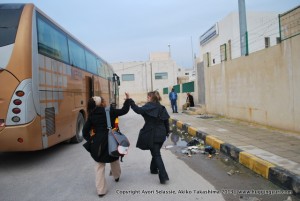This past August Blacks in Technology reached a special milestone, 1000 registered members! It feels exciting to be writing about this achievement because when BIT was started by a few good men (Greg Greenlee and Ronnie Hash) who wanted to change the perception of African Americans in technology they started simple with a forum to create a safe place for people to connect, share, learn and grow. Since then the vision has expanded to:
Increase Visibility, Participation and Change the Perception, all through community. BIT is “Stomping the Divide” by establishing a blueprint of world class technical excellence and innovation by providing resources, guidance and issuing a challenge to our members to surpass the high mark and establish new standards of global innovation.
To that end BIT has reached thousands by sparking inspired discussions with a plethora of very talented individuals on our podcasts (Anjuan Simmons, Lisette Titre, Keatron Evans, Hadiyah Mujhid, Curtiss Pope and many others!) hosted mentoring discussions on our forums from people new to the field looking to learn more, and even presented a rousing discussion on what it takes to create the next Tech Thought Leaders at SXSW where inspired leaders in technology joined the conversation such as Chris Bennett of Black Founders, Christine Johnson of IamDTech, Cleavon Blair of Blosme Software and Navarrow Wright CTO of Interactive One and of course our very own Greg Greenlee, founder of Blacks in Technology. Blacks in Technology has grown in it’s social media base to over 5000 subscribers across LinkedIn, Twitter, Facebook and others. All of this would have been impossible without YOU. This post is to thank you, our members and those organizations who have joined us in the journey to Stomp the Divide! To honor this occasion I selected just a few of my favorite tweets from this year.
If Twitter is any indication we are seeing a sudden increase of #AfricanAmericans interested in technology & science. @blkintechnology
— Diane Ivey (@ladydyefiberart) June 10, 2013
Well done @BlackGirlsCode on pitching their chapter google map mashup at #TechCrunch #Disrupt pic.twitter.com/WVpNlYMqRO
— BlacksInTechnology (@blkintechnology) September 8, 2013
Good info from BIT Forums on getting into Software Testing and QA , Thanks to @blkintechnology http://t.co/x5CxbkTL7W
— Code Savvy (@Code_Savvy) September 10, 2013
@blkintechnology Welcome. Look forward to hearing about your next big thing! — Derek T. Dingle (@DTDingle) September 26, 2013
We couldn’t do it without you! Thanks to 2013 @WomenInteractiv curator @blkintechnology http://t.co/HkqvQlax9t
— Women Interactive (@WomenInteractiv) September 4, 2013
@TechCrunch continues join @blkintechnology and @BiTHouseMe as we “Bridge the Gap” between minority entrepreneurs and technologists!
— BiTHouse Bits (@BiTHouseBits) September 9, 2013
@BiTHouseSXSW and @BiTHouseme along with @blkintechnology @BIT_greggreenle and @iayori are making moves! Go Team pic.twitter.com/4aaXn5j3zB
— jewell sparks (@jewellsparks) August 28, 2013
6 free tech webinars led by 6 thought leaders & industry profs – CCNA, Virtualization, Cloud & more. register now http://t.co/OVyQdXrR6r
— BlacksInTechnology (@blkintechnology) August 15, 2013
Listening to @blkintechnology podcast with @virtualizedgeek http://t.co/P7vuT8OAhe
— Ricky Ribeiro (@ricktagious) July 31, 2013
Listening to @iayori on the @blkintechnology podcast talking about her Google SRE class. Great stuff! http://t.co/UWum8YfGeI
— Dan Ciruli (@DanCiruli) July 30, 2013
@blkintechnology would love submissions from your members about all things devops: http://t.co/5OKOwON9or
— Dave Zwieback (@mindweather) July 3, 2013
So who else out there is a #blerdwithglass? @blerdology @BlackGirlNerds @blkintechnology http://t.co/yswxsdHXy1 #GoogleGlass
— Alicia Dixon (@specialLi1972) June 29, 2013
@blkintechnology You’ve been quoted in my #Storify story “[Re-Cap] #BDPANJFIT w/ @randalpinkett @bdpanewjersey ” http://t.co/Z0ZIBhAub0
— Craig Brown, Phd (@craigbrownphd) June 6, 2013
@BlackGirlsCode @blkintechnology @NBITLO @KaiDupe stresses importance of networking 4 black technology pros http://t.co/i0SV2xyC7Q #CBCFInc
— CBCF Inc. (@CBCFInc) May 20, 2013
AND before I go I have to thank and highlight our friends over at Broadband Social Justice for selecting Greg Greenlee as Geek of the Week! Woo woo! Way to go Greg! Congratulations and thanks for your contributions and making this possible!




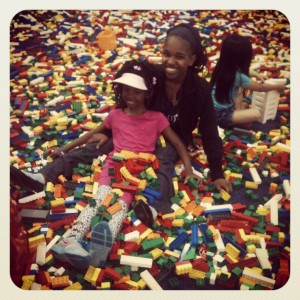

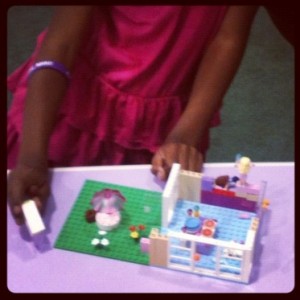







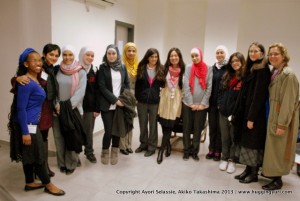
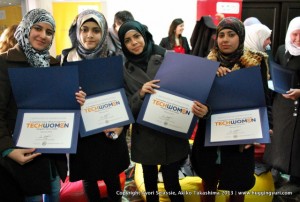
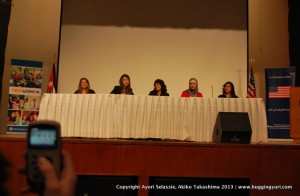
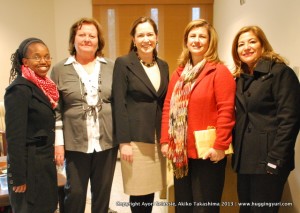
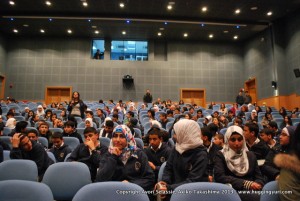
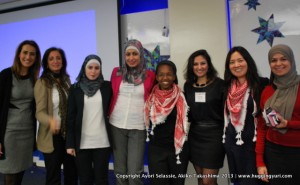

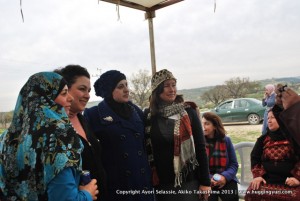
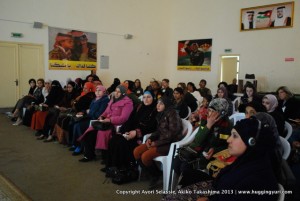 Cultural differences aside, the American dream is independence and the women in Jordan seem to overcome incredible odds to go after their own dreams. What can you do other than support them? Well support them TechWomen did! As a matter of fact Katy Dickinson organized an e-commerce workshop for the village and delivered a wealth of information along with Jeannice Fairrer Samani, Dareen Alhiyari, Huda Al-wahidi/Isbaitan and Shoruq Morakten. Great job ladies!
Cultural differences aside, the American dream is independence and the women in Jordan seem to overcome incredible odds to go after their own dreams. What can you do other than support them? Well support them TechWomen did! As a matter of fact Katy Dickinson organized an e-commerce workshop for the village and delivered a wealth of information along with Jeannice Fairrer Samani, Dareen Alhiyari, Huda Al-wahidi/Isbaitan and Shoruq Morakten. Great job ladies!